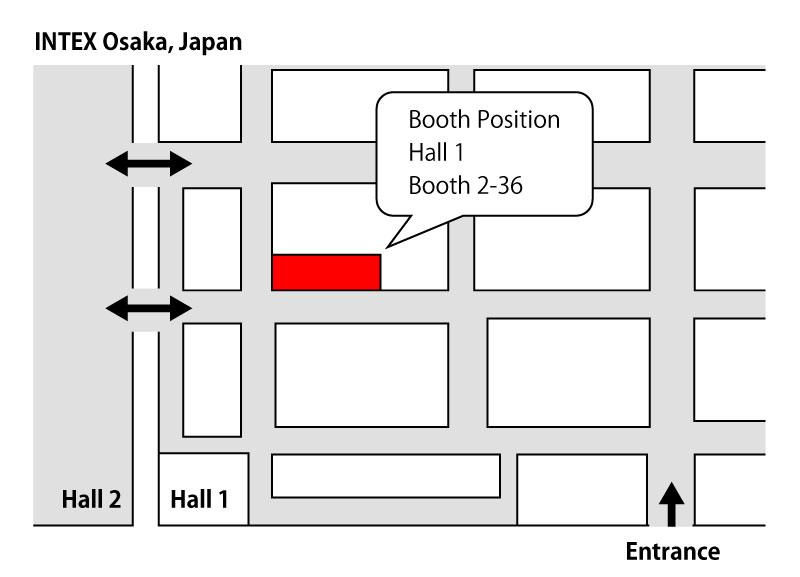
We will participate in 6th INTERPHEX Week Osaka 2020 in February!
INTERPHEX Week Osaka is a B to B trade show specialised in pharmaceutical R&D and manufacturing which will be held in Osaka, the largest city in western Japan.
Pharmaceutical and cosmetic manufacturing professionals from all over Japan are expected to visit the show.
The customers will have in-depth business meeting chances and will see products/services demonstration on-site.

Nitto-Kinzoku welcome all kinds of business negotiations actively.
Please come to our booth and contact with us!
Exhibition Info
[Show Name] 6th INTERPHEX Week Osaka 2020 – INT’L PHARMACEUTICAL R&D AND MANUFACTURING EXPO OSAKA
[Dates] February 26 (Wed) – 28 (Fri), 2020 10:00-18:00 (last day until 17:00)
[Venue] INTEX Osaka, Japan
[Organiser] Reed Exhibitions Japan Ltd.
[Concurrent Shows of INTERPHEX Week Osaka 2020]
・6th Regenerative Medicine Expo OSAKA
・MEDICAL JAPAN 2020 OSAKA – 6th Int’l Medical and Elderly Care Expo Osaka
[Booth Position] Hall 1, Booth 2-36




